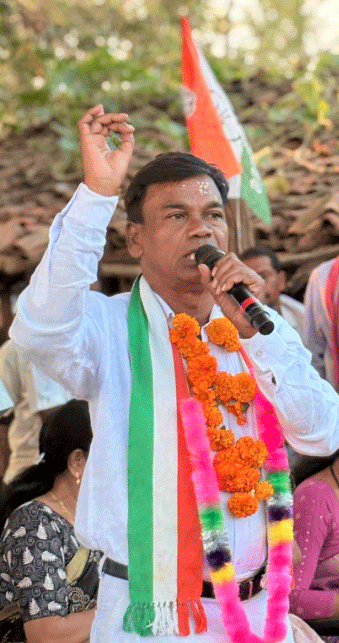Bhubaneswar: Nuapada by-poll results, which saw the Indian National Congress (INC) secure a second-place finish, present a complex picture of marginal improvement against a backdrop of fundamental failure to capitalize on a seismic political shift. While emerging as the official opposition represents a numerical step up from their previous standing, a deeper analysis reveals a missed opportunity of historic proportions, primarily due to the party’s inability to channel the burgeoning anti-Biju Janata Dal (BJD) sentiment in the state.
The most telling statistic for the party’s performance is the decrease in its overall vote count, despite the BJD’s substantial implosion and consequent loss of power after a 24-year reign. The anti-BJD vote, which was the primary dynamic driving the election, did not fragment but instead largely consolidated behind the Bharatiya Janata Party (BJP), marking a clear bipolarisation of the state’s polity. This consolidation affirms the BJP’s successful projection of itself as the singular, credible alternative to the incumbent regime, effectively sidelining the Congress into a distant third force in terms of popular trust.
This outcome suggests that the Congress party still struggles significantly with an enduring crisis of perception. It is not yet seen by the average voter as a viable principal alternative capable of forming a government. The voter base appears to have made a strategic, binary choice for change, bypassing the Congress entirely.
The individual performance of key figures, such as Shri Ghashiram Majhi, a candidate who managed to secure a substantial following, appears to have provided a floor for the party’s overall vote share, preventing a more catastrophic collapse. Such individual pockets of popularity and localized strength underscore the residual loyalty to certain leaders, a trait the Congress has often relied on. However, the absence of an accompanying overall surge in the party’s favour indicates that these gains were isolated and failed to translate into a broader, state-level wave.
Consequently, the much-touted organizational and structural revitalization efforts undertaken by the Odisha Pradesh Congress Committee (OPCC) in the preceding years have yet to yield meaningful electoral dividends. The party’s central challenge remains its weak organizational machinery and an inability to convert popular discontent into tangible political capital across a majority of the 147 assembly constituencies.
In conclusion, while the final seat tally offers a superficial sense of recovery for the Congress, the erosion of its vote share in an election defined by a massive anti-incumbency wave against the previous ruling party is a profound strategic failure. The result is a stern signal that the party must urgently address its foundational weaknesses and credibility deficit to be considered a serious contender in the state’s newly binary political landscape.


